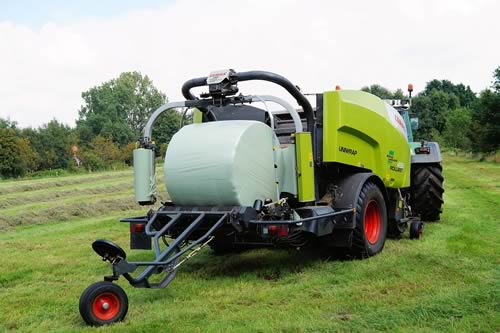2018-04-13 |
Landowners and Contractors must Clarify Insurance Responsibilities
Landowners and contractors are being urged to ensure they have suitable agreements in place before work commences on farm, to avoid insurance shortfalls and disputes in the future.
With increasing numbers of landowners contracting their farm-operations, and more farmers taking on contract work to maximise investment in technology, it is essential to understand the point where the insurance liability passes from landowner to contract farmer.
“In simple terms, there is no real defined boundary between the responsibility of the landowner and contract farmer,” explains Nigel Wellings, director of agriculture insurance broker, Farmers & Mercantile (F&M).
“Potentially a landowner may be able to lose or at least reduce machinery cover, but having a contract farm is not a recipe for reducing your insurance bill.”
Key to any successful relationship is a clear and transparent Contract Farming Agreement (CFA). It is essential that both parties agree everything in writing, from who is responsible for HSE requirements, to ensuring adequate public and employers’ liability cover, through to agreeing responsibility for crop and input insurance.
“Even when a good, transparent CFA is agreed, this does not absolve landowners from their responsibilities,” advises Mr Wellings.
“The contract farmer is effectively a tenant on the landowners’ property, and accordingly the landowner must ensure all health and safety policies are agreed and adhered to, and that both the contractor and landowner have adequate cover for all on-farm activities.”
Grey areas do exist. Consider, for example, who is responsible for the maintenance of fuel or liquid fertiliser tanks, and who should cover the environmental liability? Principally this should be the responsibility of the contractor, but this really needs to be detailed in the CFA.
Likewise, there may be equipment supplied by the landowner yet only ever used by the contractor, such as grain-drying equipment. Who takes responsibility for the maintenance of the equipment, and the health and safety procedures when in use?
“It may well be that the Health and Safety Executive will hold both parties responsible in the case of an incident, and this is why a clear CFA, combined with tailored insurance products is so important. Too often this is overlooked, or not given enough attention to detail,” adds Nigel.


